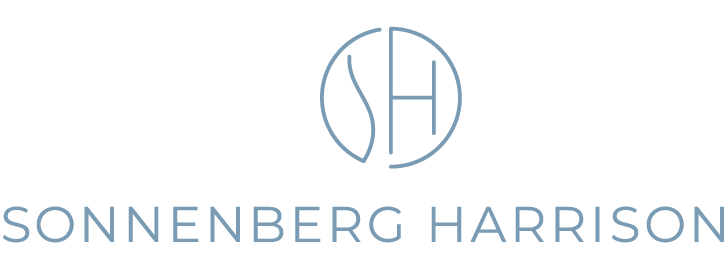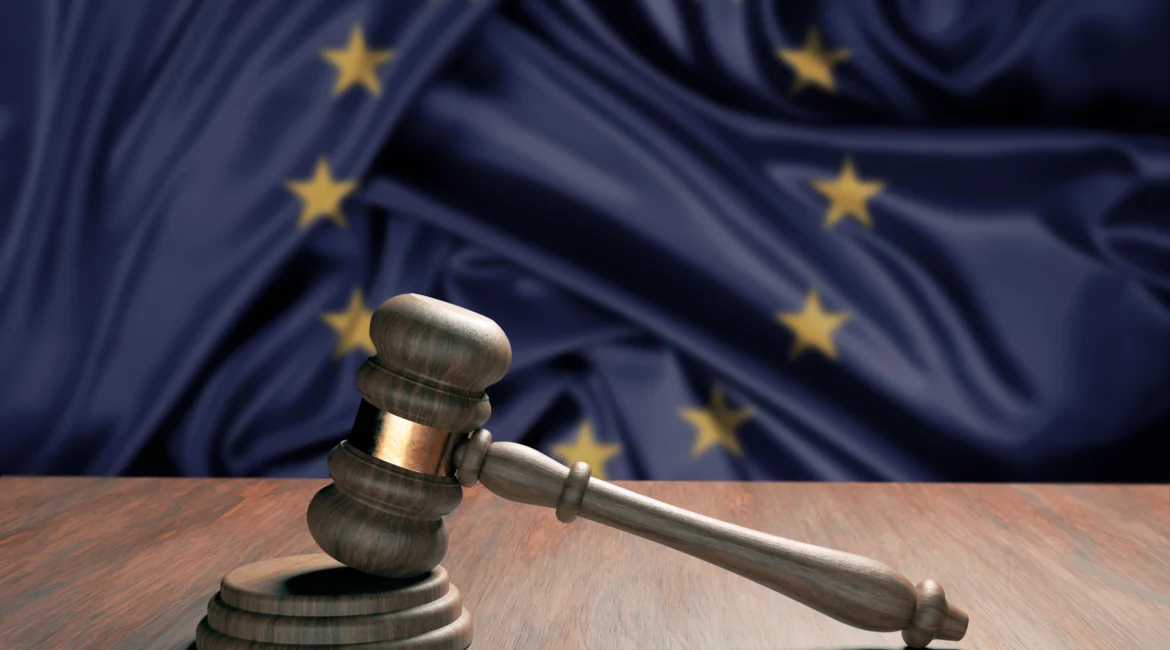In a significant ruling delivered on September 27, 2024, the Hamburg Regional Court (LG Hamburg) in Germany addressed the growing tension between copyright law and the use of copyrighted materials for training artificial intelligence (AI) models. The case highlights the complexities of copyright when images are used for AI training and raises important questions about the balance between intellectual property rights and technological innovation.
The case involved a photographer (the plaintiff) who claimed that his copyright was infringed when a non-profit organization, LAION e.V. (the defendant), included one of his photographs in a massive dataset of image-text pairs. This dataset contained 5.85 billion such pairs and was made publicly available to train AI models. The plaintiff’s photograph, hosted on a stock image website, was downloaded and analysed by LAION’s software to verify the accuracy of its description.
However, the photographer’s work was hosted on a platform with explicit terms prohibiting the automated scraping or downloading of its content. The defendant did not observe these restrictions, and the photographer argued that this unauthorized reproduction of his image violated his rights under §16 of the German Copyright Act (UrhG), which governs the reproduction of copyrighted works.
He specifically argued:
- LAION had illegally reproduced the image without obtaining his permission.
- This use did not fall within any of the copyright exceptions allowed under German law, such as temporary reproductions (§44a UrhG), text and data mining (§44b UrhG), or research-related exceptions (§60d UrhG).
- The AI dataset, which included his image, could negatively affect the market value of his work, creating AI-generated outputs that could compete with human creations.
The defendant LAION responded that the use of the image was lawful because:
- The image was used solely for research purposes, and the dataset was made freely available to the public, with no commercial intent.
- The reproduction of the image was temporary and necessary for the technical process of validating the image-text pair (comparing the image with its description).
- They were protected under the provisions of §60d UrhG, which permits reproductions for scientific research purposes.
The Court ruled in favour of the defendant and dismissed the photographer’s claims. It acknowledged that the photograph had indeed been copied, but the court found that the reproduction was justified as scientific research under §60d UrhG. This was particularly relevant given the non-commercial nature of the dataset and its open accessibility to the public.
In its reasoning, the court pointed out:
- The image’s inclusion in the dataset served a legitimate research purpose.
- The dataset was created to facilitate AI research and development, and was offered freely, thus contributing to scientific progress.
- Although the photographer argued that using his image could harm the market for his work, the court determined that this potential impact was too speculative at this stage.
Notably, the court did not fully address the applicability of the §44b UrhG exception for text and data mining, leaving the question open but ultimately unnecessary for the case’s resolution due to the broader application of §60d UrhG.
This ruling highlights a key challenge at the intersection of AI and copyright law: finding the right balance in the protection of creators’ rights with the needs of technological advancement. This decision confirms that datasets used for AI research can be protected under the scientific research exception, but it also raises concerns for content creators, who may see their works being used without explicit permission in AI training.
The outcome suggests that organizations involved in AI development may, at least in Germany, have some leeway when using copyrighted materials in a non-commercial, research-focused context. However, the issue remains controversial, particularly as AI-generated works become more prominent in the marketplace. The decision clearly does not apply to use of copyrighted works when a commercial AI model is being used.
As AI continues to evolve, so too will the legal frameworks. This case is the first of many that will likely shape how copyright law in Germany, Europe and worldwide adapt to the rapid growth of AI technologies. Content creators, researchers, and AI developers alike should pay close attention to future court decisions and legislative changes that clarify the rights and responsibilities in this new frontier.
For now, the Hamburg court’s decision provides important guidance: use of copyrighted content in AI datasets, when done for scientific research and without commercial intent, may be permissible under current German copyright law. However, as AI-generated content increasingly competes with human creativity, we can expect further legal battles.
If you want any more information on artificial intelligence and intellectual property, then please feel free to contact us.





